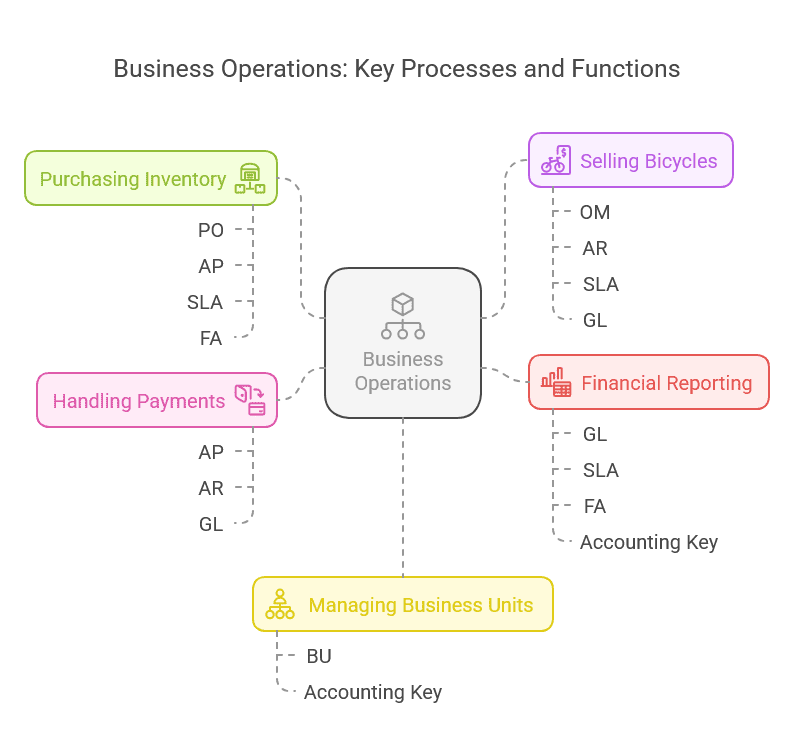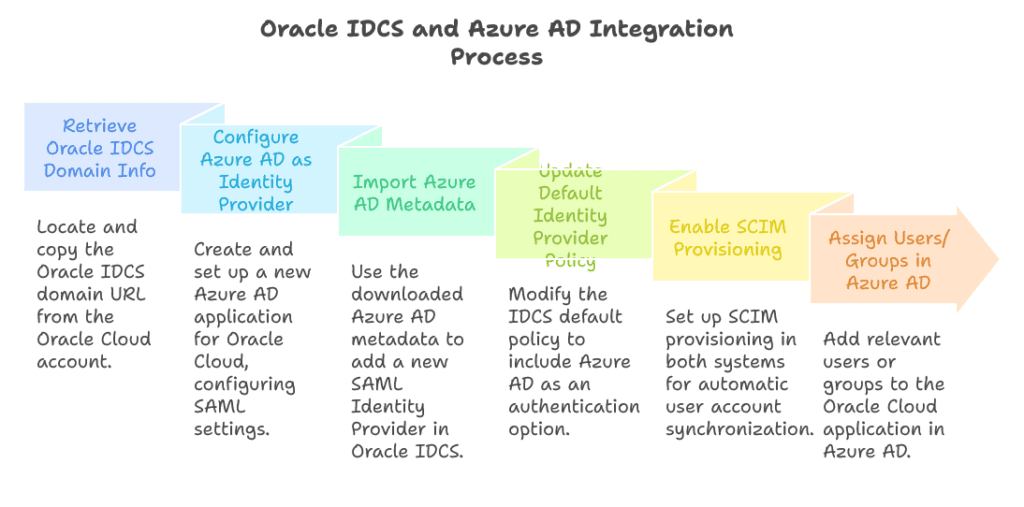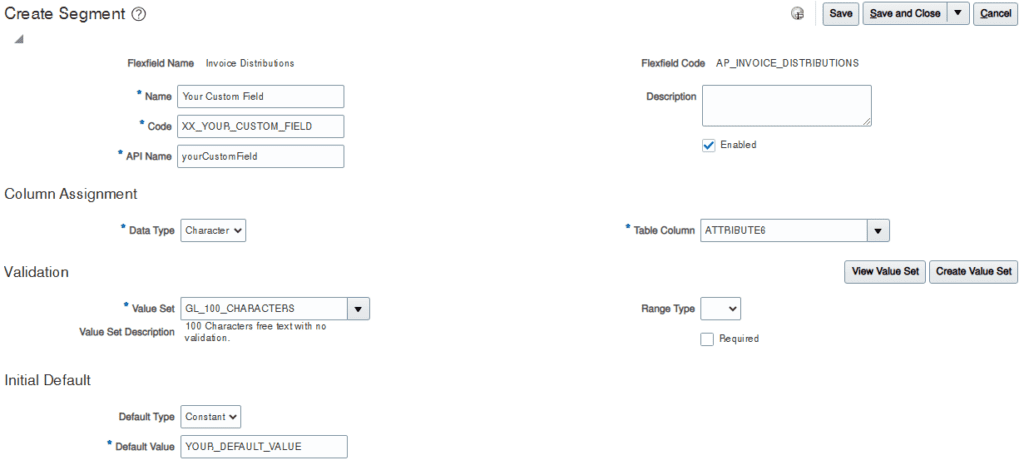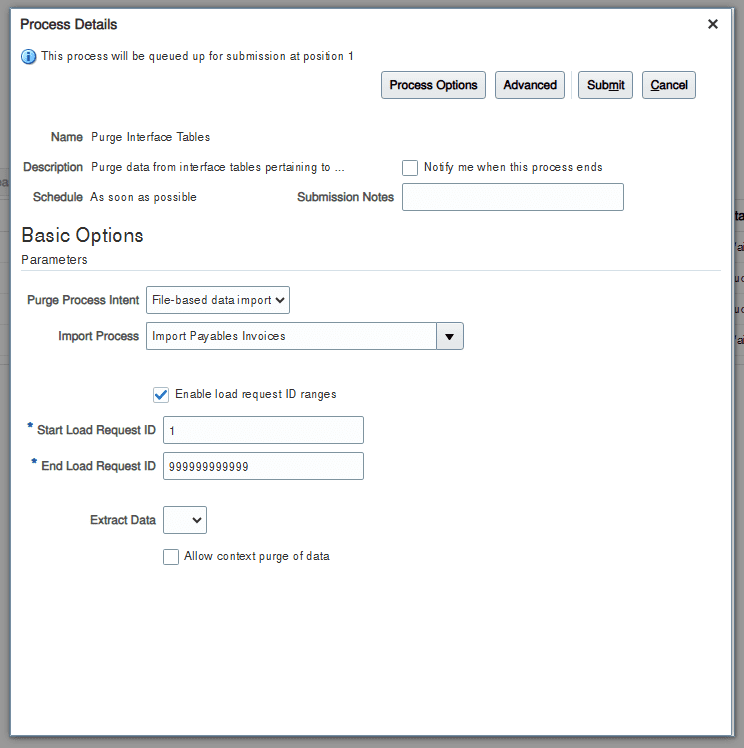Understanding Oracle ERP Cloud Financial Modules: A Guide for Non-Experts
Oracle ERP Cloud offers a comprehensive suite of financial modules designed to streamline and optimize business processes. These modules help organizations manage financial transactions, enforce compliance, and gain real-time insights into their financial health. In this article, we’ll break down key financial modules and illustrate their real-world application using a bicycle business as an example. […]
Understanding Oracle ERP Cloud Financial Modules: A Guide for Non-Experts Read More »





